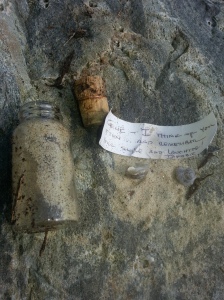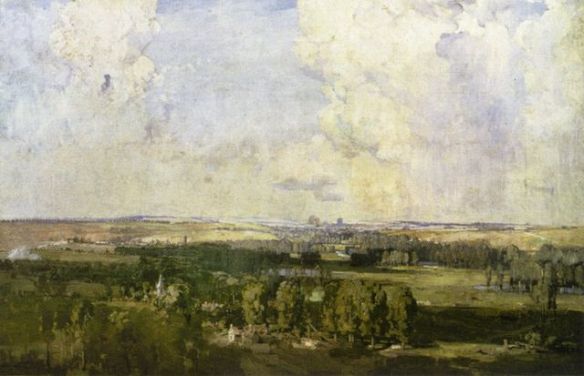I can’t believe that it’s nearly five years since I began thinking about a novel partly set in one of the field hospitals of the Macedonian Front. On Australia Day 2010 I did my first little field trip to scout for a family home for my main character. I walked Tyrrell and Wolfe streets that day but a month or two later decided on Mayfield, a suburb of Newcastle on the Hunter River. I barely knew a thing about the Macedonian front, that forgotten series of battlegrounds from WWI, but was determined to find out more. I skimmed through The Gardeners of Salonika by Alan Palmer, read up about the Australian nurses, orderlies and ambulance drivers who were there in Jan Bassett’s book Guns and Brooches. I also did more general reading about the war (including the excellent The Virago Book of Women and the Great War edited by Joyce Marlow) and found out details about the lives of not just Australian nurses but VADs.
My research into Australian VADs (Voluntary Aid Detachments – a sort of orderly, nurses’ aid and dogsbody) gave me information that turned out to be crucial to my plotting of The Grey Silk Purse. I actually had to change my storyline. In my early stages of research I decided my character Phyllis Summerville would become a VAD (her personality doesn’t lend her to the profession of nursing) and she would soon after be posted to France in the thick of all the fighting. WRONG! Australian VADs remained in Australia, working at hospitals looking after shell-shocked and disabled Australian serviceman, shipped home from the fighting. During 2010 I began interviewing residents about Mayfield after the war – obviously relying on memories their families may have passed down.
Through my research I met two very dear friends who helped me bring Mayfield to life – the late Helen Marshall and Vera Deacon, who is very knowledgeable about life on the islands in the Hunter River. In 2011 I decided to keep a blog of my struggles with the immense and intricate research that was needed for The Grey Silk Purse. On 16th June I wrote in my very first blog post: “At this stage it looks like my main character may be working at one of the Scottish Women’s Hospitals.” I had been inspired after discovering about the amazing Olive Kelso King and decided, yep, my girl would be working at one of the field hospitals of the SWH – Miles Franklin’s field unit as it turns out.
In 2012 I had a lot of research points to sort out. For instance, discovering as many Serbian words as I could that my main character would have spoken. (She was given a small Serbian phrasebook after her ambulance driver training). What was her driver’s uniform like? In which battle did my character Adrian Langley lose his leg? Would my young maid sleep at Summerville, the family home where she worked or would she go home? Were the Summervilles wealthy enough to have a chauffeur?
Around this time I met John Vandenberg, a wiki adviser and user, who gave me a crash course and said that if I didn’t put the Ostrovo Unit up on Wiki, the likelihood was that no-one else would. That started the ball rolling. I added Olive Kelso King as well, Dr Mary de Garis and just recently Dr Agnes Bennett. I knew, with dismay that there was no wiki entry for the Scottish Women’s Hospitals at that time. For me, it was just too big an undertaking – although by this time I had read many books on the subject.
Luckily last year I discovered Alan Cumming’s website www.scottishwomenshospitals.co.uk and he has done wonders in profiling the organisation, including travelling to Serbia. He has also been involved in a short film about the SWH. Last year Alan and I were able to work on the wiki entry for the Scottish Women’s Hospitals. Kathleen Dillon is a fascinating woman. Although not Australian I relied quite heavily on her experience, as Head of the Transport Unit based at Yelak, for an important section in my manuscript. I am now actively seeking relatives of Australian women who worked for the SWH and will collaborate with Alan Cumming to get them up on his site. It has been a wonderful adventure discovering all about the Scottish Women’s Hospitals and I hope I can do more to raise awareness of this incredible and fascinating organisation. Please don’t hesitate to contact me. See this page for more information: Australians Working with the Scottish Women’s Hospitals.







